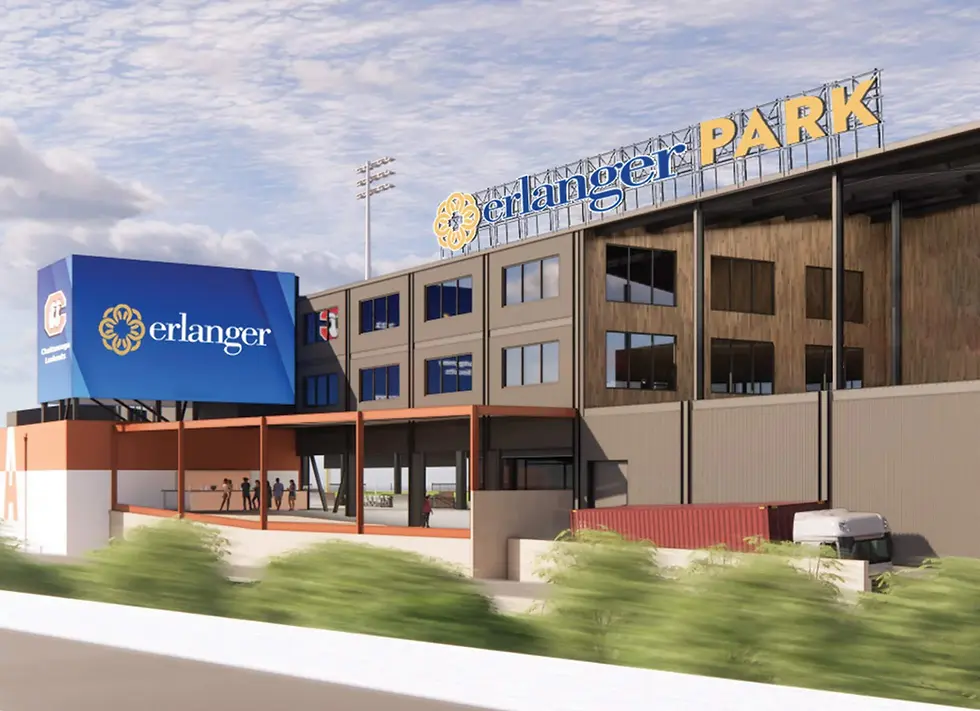Historic LaGrave Field to be Razed
- Marc Viquez

- Jun 18, 2024
- 2 min read
Updated: Jul 19

A historic ballpark in Fort Worth, Texas, will be torn down in the coming months. The Tarrant Regional Water District Board of Directors (TRWD) voted Tuesday night to demolish the LaGrave Field after deeming it a public safety hazard.
The TRWD took control of the site in 2019 and had a contract with the Save LaGrave Foundation in the hopes of restoring the former home of the Fort Worth Cats, but ended the agreement with the foundation a year later. Since then, the TRWD has spent $200,000 annually on the property.
The current LaGrave Field opened in 2002 as the home of the newly formed Cats of the Central Baseball League. The original dugouts were repurposed as suites for up to 10 people, the original home plate was left intact, and a replica of the covered bleachers was constructed behind the right field walls. The Cats would cease operations after the 2014 season.
The original stadium opened in 1926 to replace the all-wooden Panther Park that opened in 1911. The Ft. Worth Panthers (Cats) had won 7 straight Texas League pennants, and fans flocked the ballpark by the thousands. A modern facility was built for the newfound interest in the team.
The concrete and steel structure had seating for 12,000 and offered a view of the nearby Trinity River and kept the Panther Park name. One of the people instrumental in the success of the Cats was minority stockholder and business manager Paul LaGrave. Little did he know that the stadium would bear his name after his untimely death at age 44 in January 1929.
The grandstands were destroyed on May 15, 1949 by fire. Fans would continue to watch baseball by bringing foldable chairs and finding seats on the first and third base bleachers. However, the following season, the stadium was rebuilt. The Cats would continue to play until 1958, returning for one final season in 1964.
Parts of the old ballpark would be sold off and transported throughout the state. St. Mary’s University and Marble High School purchased parts of the bleachers and light standards. A few floodlights were sent to the University of Texas-Pan American in Edinburg.
LaGrave Field was hoping to restore the city’s professional baseball history that began in 1884, but after sitting in squalid conditions and being home to vandalism and vagrants for almost a decade, the decision to raze it puts an end to its future as a home to a professional team.
The stadium sits on close to 350 acres of prime real estate and is part of the future Panther Island economic development. Several plans include a mixed-use waterfront district, possibly including apartments, businesses, and hotels or a waterfront destination.
------
Follow all of Marc’s stadium journeys on Twitter @ballparkhunter and his YouTube channel. Email at Marc.Viquez@stadiumjourney.com







Comments